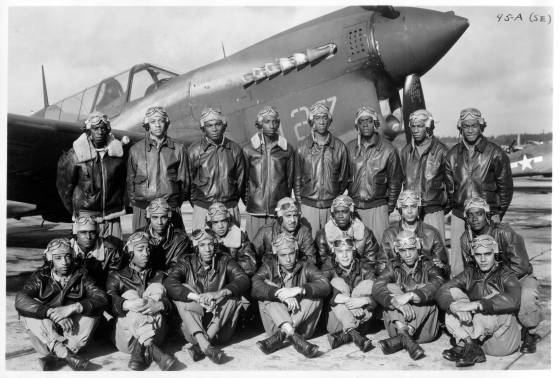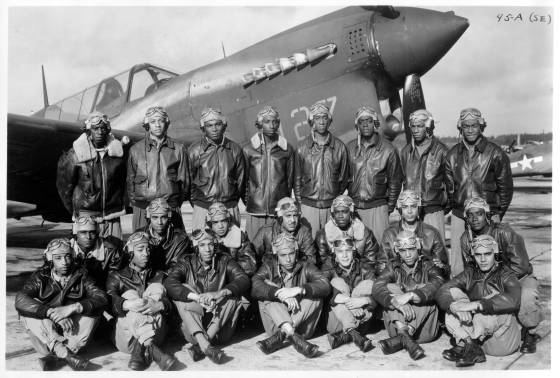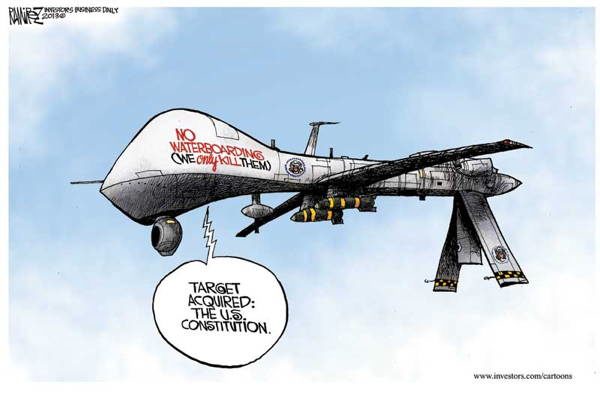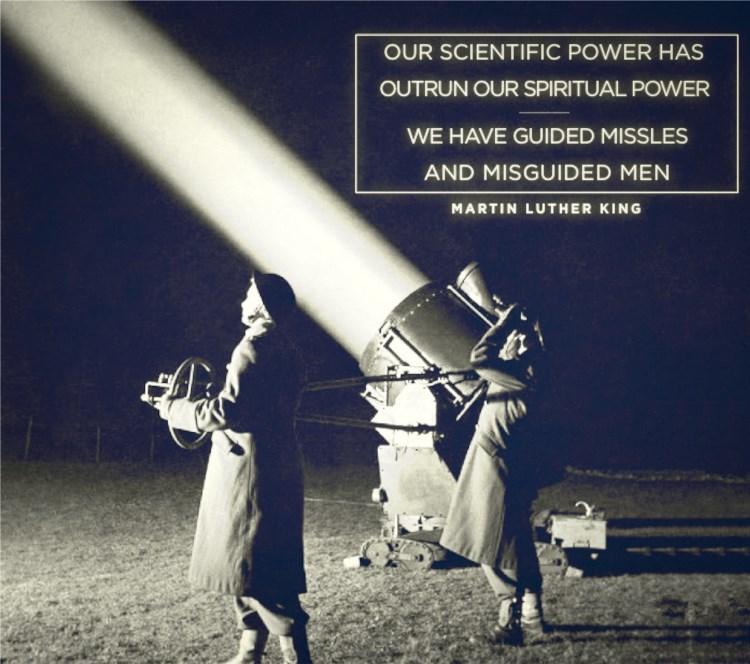Posted on February 8, 2013 in
Articles 
The Article: Michelle Obama Is Not Our First Black First Lady? 10 Fascinating Things You Didn’t Know About Black History by Bijan C. Bayne in AlterNet.
The Text: In 1926, historian Carter G. Woodson pioneered the celebration of Negro History Week in February as a recognition to coincide with the birthdays of President Abraham Lincoln and Frederick Douglass. Today, that commemoration has evolved into Black History Month. Though February has long been replete with special curriculum in schools, public events and tailored TV programming, many elements of the past remain obscured. Here are 10 examples worthy of Mr. Woodson.
1. Black Americans were once viewed as poor athletes.
Blacks have not always been viewed as athletically dominant in the major U.S. team sports, and certain Olympic events. Their impoverished living conditions, vitamin deficient diets, predisposition to illness, and the weak moral fiber of their communities served as rationale for their exclusion from top athletic competition. Many white authorities and educators also believed Negroes lacked the capacity to think fast and the intestinal fortitude that sports demanded. A prevailing stereotype of the day, depicted in radio and film, was the Negro with the “yellow streak.” In vintage movies, black character actors such as Stepin Fetchit and Mantan Moreland bugged their eyes and fled at the mere mention of a mummy or a ghost.
“Games demanding team play are played by the Anglo-Saxon peoples, and by these peoples alone,” said Luther Gulick, the director of the Springfield, Massachusetts YMCA, who trained basketball’s inventor Dr. Naismith. In 1906, Massachusetts Senator Henry Cabot Lodge told the Harvard class of 1906 “…the time given to athletic contests… (is) part of the price which the English-speaking race has paid for being world-conquerors.” The same year, a summer physical education doctoral candidate named Edwin B. Henderson learned to coach basketball and other sports at Harvard. Henderson resolved not only to debunk the notion that blacks were inferior athletes, he decided if enough black high school students proved their athletic mettle, they could also earn scholarships to integrated northern colleges such as Cornell and Amherst.
Continue Reading


















